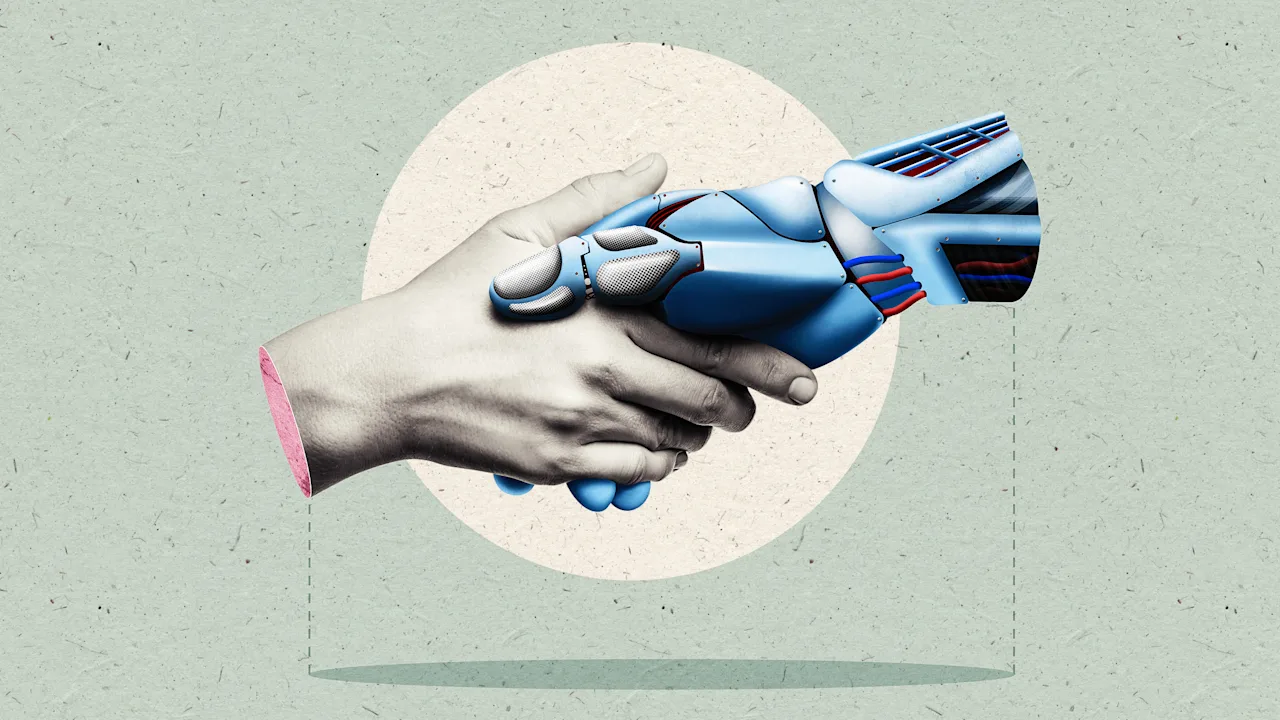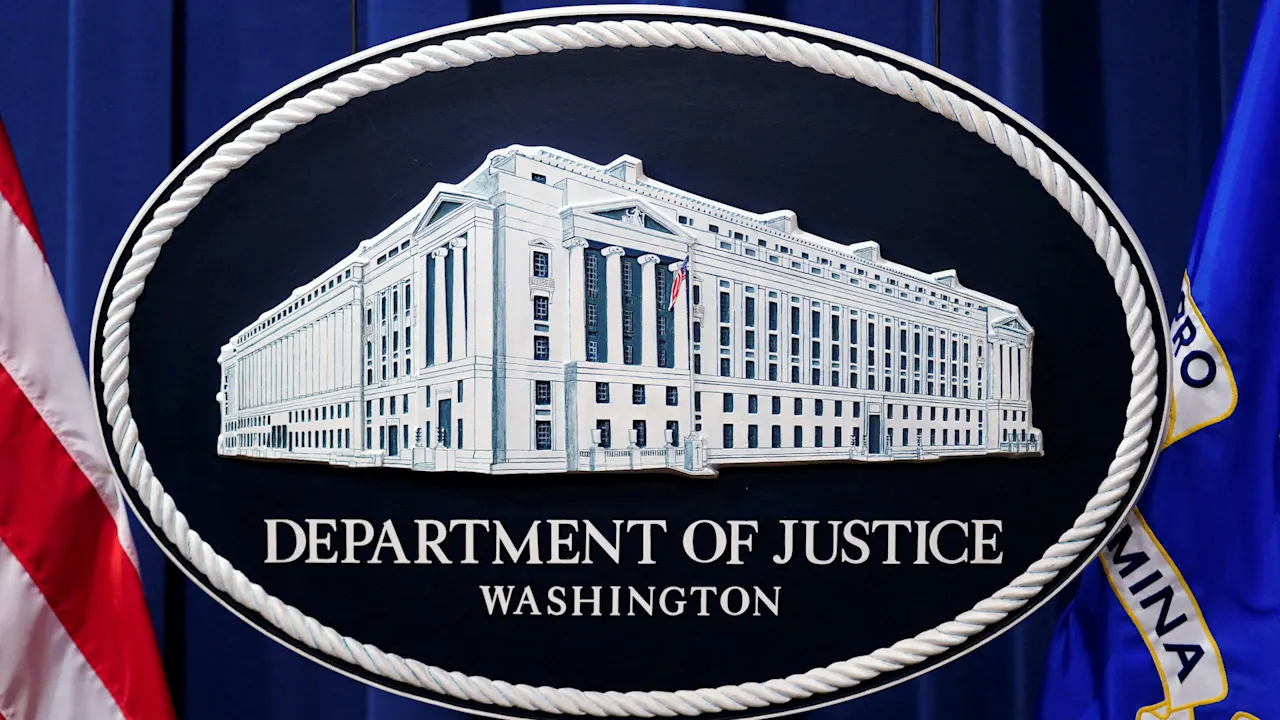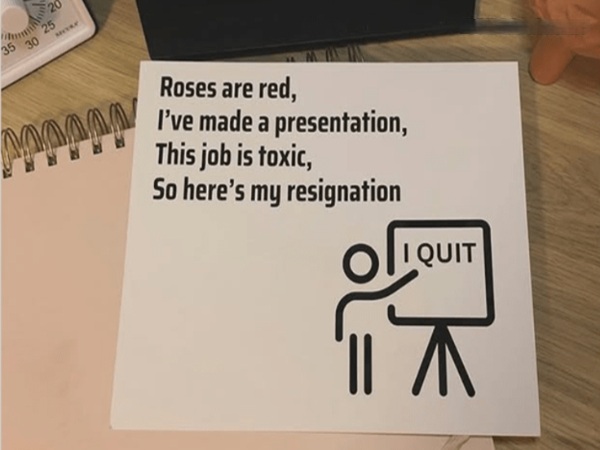To get AI right, you need to build a well-orchestrated AI ecosystem

Most enterprises treat AI implementation as a procurement problem. They evaluate vendors, negotiate contracts, and deploy solutions. But this transactional approach misses a fundamental truth: successful AI implementation isn’t just about buying technology—it’s about orchestrating an ecosystem.
The companies winning with AI understand that implementation requires a web of relationships extending far beyond traditional vendor partnerships. They are building networks that include universities, regulatory bodies, ethicists, suppliers, and even customers. They recognize that in an environment in which AI capabilities evolve monthly, isolated implementation is a recipe for obsolescence.
This article draws on insights from our forthcoming book, Reimagining Government (Faisal Hoque, Erik Nelson, Tom Davenport, Paul Scade, et al.) identifying the key components you will need to reconcile to successfully orchestrate a comprehensive AI partner ecosystem.
The Expanding Universe of AI Partners
When enterprise leaders think about AI partnerships, they typically start and stop with technology vendors. This narrow view blinds them to the full spectrum of relationships that determine success or failure in AI implementation.
Academic institutions offer capabilities that money alone can’t buy. Universities are where breakthrough AI research happens, often years before commercial availability. Building relationships with labs, research centers, and individuals academics can provide access to cutting-edge research, specialized expertise, and talent pipelines that vendors can’t replicate.
Government agencies are partners, not just regulators. Forward-thinking companies will work with agencies to shape AI standards, participate in regulatory sandboxes where they can test implementations and receive guidance, and collaborate on public-private initiatives that define industry practices.
Ethics and oversight partners are becoming essential as AI stakes rise. Third-party ethicists provide a layer of credibility that internal roles can’t match. Audit firms specializing in AI bias detection offer independent validation. Compliance specialists navigate the emerging patchwork of AI regulations. These partners don’t just reduce risk—they become competitive differentiators when customers demand proof of responsible AI use.
Consultants and implementers bridge the gap between AI potential and operational reality. They build custom tools that integrate AI into existing workflows, train teams on new capabilities, and manage the organizational change that AI demands. The best ones will transfer knowledge while implementing systems, building internal capabilities that will endure after they leave.
Supply chain partners determine whether AI creates value or chaos. When your AI-optimized inventory system hands off to a supplier’s manual processes, many of the benefits evaporate. Enterprises should look to coordinate AI decisions across their supply networks, encouraging shared model adoption, and ensuring that AI-to-AI handoffs work seamlessly.
Customers are perhaps the most overlooked partners in AI implementation. They’re not just users but cocreators, providing the feedback that shapes AI development, the data that improves models, and the trust that makes implementation possible.
Strategic Imperatives for Partnership Design
Building an AI ecosystem that creates value involves more than just accumulating partners. Relationships and networks need to be designed to amplify capability while maintaining flexibility. Enterprises should focus on:
- Interoperability by design. Using proprietary models can lead to the creation of silos within enterprise networks. Selecting open-weight models helps ensure transparency and compatibility among partners.
- Alignment across the value chain. A pharmaceutical company implementing AI for drug discovery must ensure that contract research organizations, clinical trial partners, and regulatory consultants all work with compatible systems and standards. This doesn’t mean that all partners must use identical tools, but it does mean establishing common data formats, shared evaluation metrics, and aligned security protocols.
- Risk distribution. AI failures can cascade through networks. Smart partnership agreements distribute both opportunity and liability, ensuring that no single partner bears catastrophic risk while maintaining incentives for responsible development. This includes technical risks (system failures), ethical risks (bias, privacy violations), and business risks (market rejection, regulatory penalties).
- Translation layers. When government agencies partner with commercial vendors, they often use specialized contractors who serve as a critical middle layer, translating the generally applicable technology to meet agency-specific requirements. This middle layer adapts cloud-native solutions for secure environments, restructures Silicon Valley business models for public sector procurement cycles, and bridges cultural gaps between tech innovation and public service. Private enterprises can adopt this model as well, using specialized partners to translate general-purpose AI products for their specific industry needs. These translation partners can package the technical adaptation skills, business model alignment know-how, and cultural bridging that turns raw AI capability into operational value.
Critical Partnership Challenges
Three challenges consistently derail AI partnership ecosystems.
The IP question can become extremely complex in multiparty AI development. When your data trains a vendor’s model that’s customized by a consultant and integrated by a systems implementer, who owns what? Imagine that a financial services firm discovers their AI vendor is using patterns learned from their fraud detection system to improve products sold to competitors. This might be permissible under the vendor’s standard contract, so it is important to think ahead to ensure that explicit boundaries are drawn between vendor improvements and innovations rooted in the client’s operations and data.
Lock-in risks extend beyond technology to psychology. Technical lock-in is a familiar problem: specific vendor systems can become so deeply integrated that switching becomes prohibitively expensive or onerous. But psychological lock-in is just as dangerous. Teams can become comfortable with familiar interfaces, develop relationships with vendor personnel, and resist exploring alternatives even when superior options emerge.
Coordination complexity multiplies with each partner. When an AI system requires inputs from five partners, processes from three more, and delivers outputs to 10 others, coordination becomes a full-time job. Version mismatches, update conflicts, and finger-pointing when problems arise can paralyze initiatives.
Building Your Partnership Strategy
Creating an effective AI ecosystem requires a systematic approach, not just building a sequence of ad hoc relationships.
Map your ecosystem needs across every dimension. Where are your technology gaps? Which expertise is missing? What ethical oversight do you need? How will implementation happen? Don’t just list vendors—map the full spectrum of partnerships required for successful AI implementation. Include the nonobvious: the anthropologist who understands how your customers actually behave, the regulator who’ll evaluate your system, the supplier whose cooperation determines success.
Design for flexibility. AI capabilities change monthly. Build partnerships that can evolve with them, with regular review cycles, clear performance metrics, and graceful exit provisions. Avoid agreements that lock you into specific technologies or approaches. The perfect partner for today’s needs may be obsolete tomorrow.
Create governance structures that acknowledge the complexity of AI partnership networks. Establish steering committees with senior representation from key partners. Define escalation paths before problems arise. Create shared metrics that reflect interconnected outcomes—when success requires five partners working together, individual KPIs create dysfunction.
Plan exits from day one. As we emphasize in our recent book Transcend, knowing how partnerships end is as important as knowing how they begin. Define termination triggers, data ownership post-partnership, and transition procedures. The best partnerships are those either party can leave without destroying value.
The AI revolution will not be won by technological advances alone. The strength of an enterprises ecosystem will play a key role in separating the winners from the losers. Companies that can see past traditional vendor relationships to orchestrate comprehensive partnership networks will transform AI from an implementation challenge into a sustainable competitive advantage.
What's Your Reaction?
 Like
0
Like
0
 Dislike
0
Dislike
0
 Love
0
Love
0
 Funny
0
Funny
0
 Angry
0
Angry
0
 Sad
0
Sad
0
 Wow
0
Wow
0
































































































